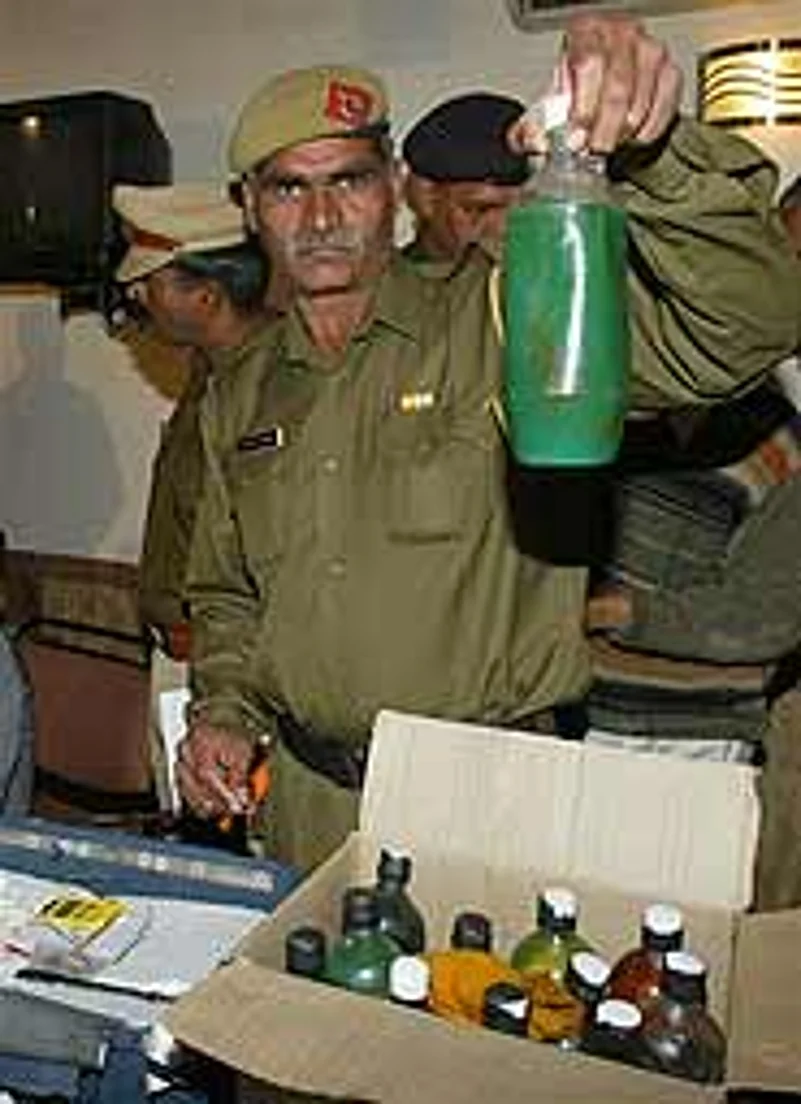In terrorism-related cases involving the use of improvised explosive devices (IEDs), the break-through in the investigation often comes from the forensic, documentary and other trails left by the terrorists. The successful investigation and prosecution of the Mumbai blasts of March,1993, by the Mumbai Police was attributable to the forensic trail left by the terrorists in the form of one unexploded IED and some abandoned hand-grenades and AK-47 rifles and documentary trail in the form of the entry of their real names in the passenger manifests of the flights by which they went to Pakistan for training and fled to Dubai after the explosions.
The success of the London Police in identifying the perpetrators of the blasts of July7, 2005, was made possible by the films of the closed circuit TV in the railway stations in which the terrorists had boarded the trains, which they blew up. The even greater success of the British investigators in respect of the planned, but unsuccessful blasts of July21, 2005, was made possible by the fact that the IEDs malfunctioned.
The difficulties faced by the Delhi Police in the investigation of the blasts of October29, 2005, in a market of Delhi and by the Mumbai Police in the investigation of the suburban train blasts ofJuly, 2006, are due to the fact that there was no malfunctioning of the IEDs and, as a result, there was no forensic break-through. The Mumbai blasts are considered a highly-sophisticated operation because there was not a single failure and the terrorists had taken great pains to cover up their tracks. As a result, the Police have been forced to rely on interrogation of suspects and narco-analysis. These, though important, do not have the same credibility in the eyes of international experts. Hence, the continued skepticism abroad in accepting the conclusions of the Mumbai Police.
Advertisement

The blasts on the Delhi-Attari Samjotha Express (Peace Express) on the night of February18, 2007, are remarkable for the success as well as the failures of the terrorists. Their diabolic success is evident from the fact that two of the IEDs, reportedly attached to bottles containing incendiary material, functioned without a mishap, causing a carnage in which68 passengers—mostly Indian and Pakistani Muslims—perished. Their surprising failure is evident from the fact that at least a half of their IEDs failed to explode and has been recovered by the railway authorities. According to some reports, they had planted a total of five IEDs of which three failed to function. According to others, they had planted four IEDs, of which two failed.
These IEDs recovered intact can provide the investigators with a valuable forensic trail in the form of fingerprints, the identification of the explosive material used, and the origin of the explosive material, detonators, timers and the suitcases in which the IEDs and the bottles containing the incendiary material werekept. So many failed IEDs should normally be a surprise in the case of well-trained, clued-up and experienced terrorists. The perpetrators of the London blasts of July7, 2005, had these qualities and, as such, they did not have a single failure. The perpetrators of the attempted blasts of July21, 2005, in London did not have these qualities and hence failed. The failures of the perpetrators of Deewana could indicate apossibility—remote at present—that they were new to this business ofterrorism—either new recruits of old and well-established organisations or new recruits of new organisations. A systematic follow-up of the forensic trail left by them should help in determining their identity in course of time.
One does not know whether the platform of the old Delhi station from which the train left has a closed circuit TV. If it had, an examination of the film should help in identifying persons, who were carrying suit cases similar to the one recovered from the train. Once this train leaves Delhi, no passenger can board it in the intermediate stations till it reaches Attari on the Indo-Pakistan border. It has, therefore, been presumed by many analysts that the perpetrators must have placed the suit-cases containing the IEDs at the Delhi railway station. The other possibility is that the perpetrators might be having accomplices in the railway staff and might have used them to have the suit-cases placed at the intermediate stations.
Advertisement
B. Raman is Additional Secretary (retd), Cabinet Secretariat, Govt. of India, New Delhi, and, presently, Director, Institute For TopicalStudies, Chennai.



















